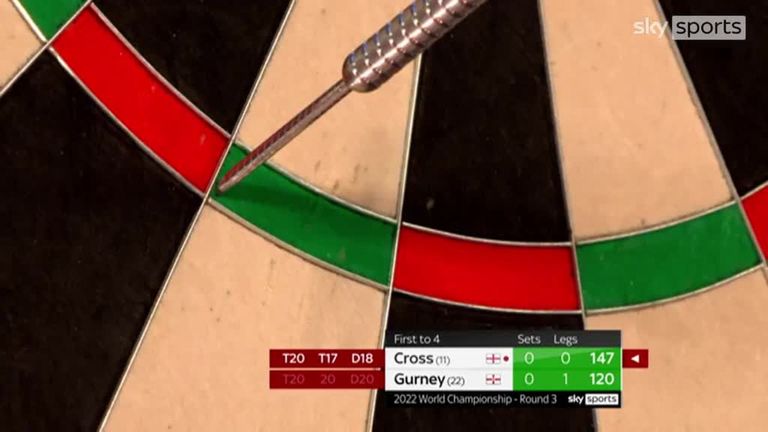It’s all up for grabs now. After England waved the white flag here at the MCG, almost no one involved in the Test team can say with any certainty that they will still be in their job once the dust has settled on this horrific tour.
The managing director, the head coach, the captain, the opening batsmen, the middle order, the wicketkeeper, the spinner and a couple of the seamers — all will be looking over their shoulders when the inquest begins into how a side that bet the house on the Ashes has defaulted so badly on the mortgage.
One or two may jump before they are pushed — not least Chris Silverwood and Joe Root, who between them have presided over one win in England’s last 12 Tests, and nine defeats in 2021 alone, a national nadir for a calendar year.

The future of England’s current Test squad is uncertain after their abysmal Ashes series

Sweeping changes appear to be on the horizon with coach Chris Silverwood at risk
ECB chief executive Tom Harrison should also be considering his position, but he won’t just yet, because there is a huge bonus to trouser first. That, remember, is for overseeing the Hundred — a tournament whose existence sums up the futility of English cricket’s attempts to win a five-Test series in Australia.
England batting collapses long predated the Hundred, of course. But the direction of travel in our domestic game is now crystal clear: white-ball cricket is what butters the parsnips.
And unless the game undergoes the ‘reset’ that Root rightly said it must after his team were bowled out for 68 on the third morning here, then we should expect no different when England return in four winters’ time.
The Ashes have been surrendered in the equivalent of 10 days; Root and Co spent longer than that in Gold Coast quarantine.
Make no mistake, the Test team are at an all-time low. Their collective batting average of 18 at Brisbane, Adelaide and Melbourne is their lowest in a Test series since 1890, when the pitches were so bad that WG Grace’s England could manage only 16 per wicket and still beat Australia 2-0. Their fans are watching history unfold — mainly from behind the sofa.
Australia have a strong bowling attack, it’s true, but their batting is more vulnerable than their own collective average of 36 in this series suggests.

Senior players like Ben Stokes have failed to live up to expectations in Australia this winter
Yet England, through ham-fisted selections, slipshod fielding, a refusal to leave the ball alone outside off stump and an inability to agree on what constitutes a good length have made Pat Cummins’s team look like geniuses.
Last summer, Travis Head averaged 18 in the county championship for Sussex; this winter, he is the Ashes’ leading runscorer. Scott Boland, a solid seamer who waited until he was 32 for his first baggy green, now has a Test bowling average of seven.
It comes to something when England’s best chance of escaping Australia without another whitewash is Covid-19. The pandemic may yet intervene, but for the moment the six members of their entourage who returned positive PCR tests during the third Test are all in isolation.
For now, the tour goes on, with the fourth Test at Sydney due to start next week.
There will be tough calls ahead, but the least Root deserves is for his team-mates to start pitching in. So far, only four others have done so: Dawid Malan, Mark Wood, Ollie Robinson and Jimmy Anderson. The rest, to varying degrees, have gone awol.

Openers Rory Burns (pictured) and Haseeb Hameed have failed to give their team a platform
Rory Burns and Ollie Pope have already been dropped, though Burns should return for Haseeb Hameed at the SCG. Zak Crawley was recalled simply because he was available — and failed twice. Jonny Bairstow, another returnee, was one of four senior players to fall to dreadful shots in the first innings and looked all at sea as England’s last six wickets tumbled for 22 in the second.
Among the bowlers, Stuart Broad is averaging nearly 40 in Tests this year, while left-arm spinner Jack Leach lacks the faith of his captain or coach, despite being given a second chance.
Ben Stokes, meanwhile, has been a shadow of the roistering figure who bestrode the summer of 2019. Jos Buttler has veered between the sublime and, more often, the ridiculous. Chris Woakes has confirmed why he struggles without the Dukes ball on English pitches.
No simple solutions present themselves. Were Root to resign, it would at least allow him to spend the final few years of his Test career breaking every record known to man; he is 31 on Thursday and has time on his side.
There is no obvious replacement, since Stokes remains injury prone and overburdened. Root, though, may reasonably feel that is not his problem. He has given everything to England and received little support from his colleagues and even less from a system that militates against Test excellence.

England’s best chance of escaping Australia without a whitewash in this series is Covid-19
The departure of Silverwood, on the other hand, feels like an inevitable consequence of this debacle. He is a good man who loves his cricket, and gets on famously with his captain. But that is part of the problem.
He and Root are peas from the same pod: a pair of likeable Yorkshiremen who raise their voices only in extremis. Witness the fuss caused by their much-publicised anger after England’s defeat in Adelaide.
The systemic shortcomings of the English game, with its touchy-feely coaching ethos, its tolerance of technical and temperamental frailty and its susceptibility to salesmen bearing snake oil would challenge even the game’s toughest nut.
That nut, however, may be staring England in the face. Justin Langer’s contract as Australia’s head coach runs out next year. He hasn’t been to everyone’s taste during his time in charge but he has just steered his country to the T20 World Cup and is two games away from an Ashes whitewash.
Funnier things have happened. England’s problem, Langer will have noted with pleasure, is that most of them have been on this tour.









